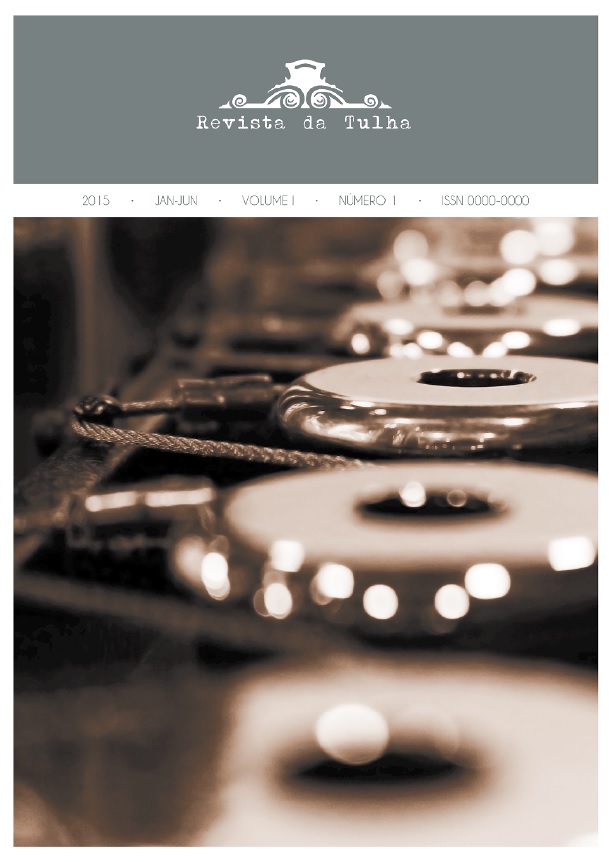From Gramophone to live streaming: the evolution of the modes of listening to music - some implications
DOI:
https://doi.org/10.11606/issn.2447-7117.rt.2015.107706Keywords:
music, listen, society, music technology, music educationAbstract
Listening to music has always been, since the dawn of humanity, an essentially collective activity; individuals occupying the same environment where there was music running, they shared that essentially acoustic experience that is the art of music. With the advent of recording media and phonographic reproduction, such as the gramophone, the interpreter’s figure was virtualized,and no more necessary due to the possibility to hear the sounds previously recorded through a device that can play them. As the technology has been advanced and with the advent of the chip, the devices started to become increasingly portable, until the 1970s, when the Walkman was invented. The way to listen to music individually has spread around the world in an industrial scale. Today, with the internet access, the faster circulation of information and the devices that are able to store more information in a very small space, listening to music individually has become a habit. So we can consider, from a pedagogical point of view, that easier access to music anywhere should serve as a basis for the choice of knowledge, content and pedagogical approaches in a formal music education, since, to have a significant process of teaching-learning, you must dialogue to those prior knowledges that the student already brings with him on a daily basis, so that the student could develop critical thinking about their own taste, in an enlarged and enriched musical experience.Downloads
Download data is not yet available.
Downloads
Published
2015-11-24
Issue
Section
Article
License
Authors retain copyright and grant the journal the right to first publication, with the work licensed under the Creative Commons Attribution License CC-BY-NC:
This work is licensed under a Creative Commons Attribution 4.0 International License.
How to Cite
Silva, R. A. da. (2015). From Gramophone to live streaming: the evolution of the modes of listening to music - some implications. Revista Da Tulha, 1(1), 251-263. https://doi.org/10.11606/issn.2447-7117.rt.2015.107706



